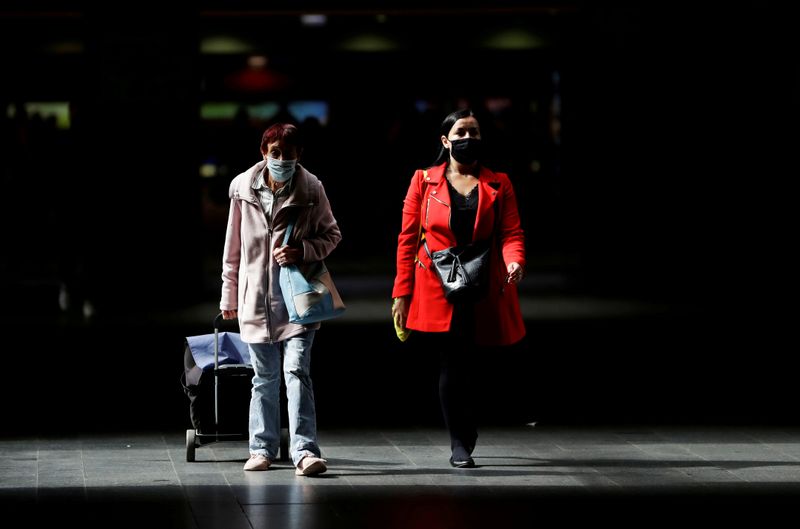PRAGUE (Reuters) – Czech authorities ordered people to wear face masks inside buildings from Thursday as the daily count of new coronavirus cases topped 1,000 for the first time.
Health Minister Adam Vojtech announced the measure after a one-day spike of 1,164 infections.
It applies to indoor spaces except homes, classrooms and workplaces where 2-metre distancing is possible.
Restaurant customers do not have to wear masks while consuming, and some professions including news anchors and performing artists were exempt.
Prime Minister Andrej Babis urged people to help avoid another lockdown. “We have to react in a way which saves lives, at the same time we cannot afford measures of economic nature,” he told a conference in a video message.
“A difficult autumn awaits us.”
Graphic: Interactive graphic on new coronavirus cases in Czech Republic – https://fingfx.thomsonreuters.com/gfx/editorcharts/qzjvqewdqvx/index.html
While the Czech Republic was among the first European countries to adopt masks and close borders and businesses at the start of the pandemic, it was also among the quickest to reopen.
Schools fully reopened on Sept. 1 even as case numbers crept up, and restrictions from face mask rules to attendance at public events remained relatively relaxed.
Masks were reintroduced on public transport last week. In the capital Prague, bars and clubs, which have been the source of several outbreaks, must close by midnight on Wednesday.
The economy shrank 11% in the April-June period on an annual basis, with tourism especially hit.
The Czech spike in the last two weeks has been among Europe’s fastest, outpaced only by Spain, France, Malta, Romania and Croatia, said the European Centre for Disease Prevention and Control.
The Czech rate of 68.8 cases per 100,000 people compares to 20.5 in neighbouring Germany.
However, deaths are lower than many other places, with 441 fatalities reported as of Wednesday from 29,877 cases.
Hospitalisations remain below this year’s peaks but have jumped by 78% over the past two weeks to 234. Many new cases are asymptomatic and among the younger population.
(Reporting by Jason Hovet and Robert Muller; Editing by Gareth Jones and Andrew Cawthorne)
























